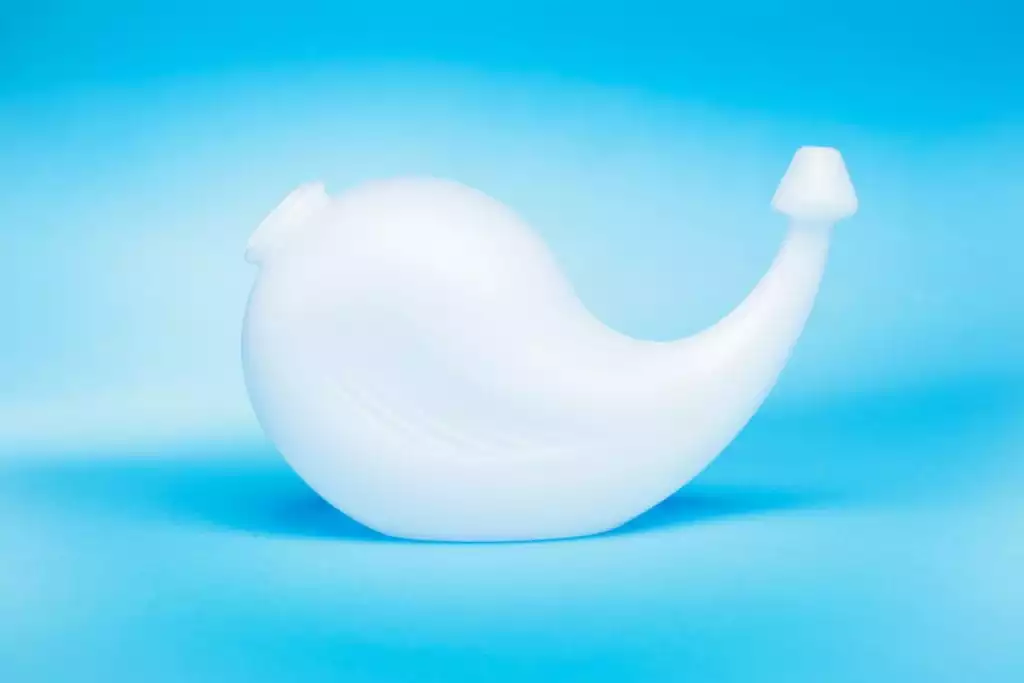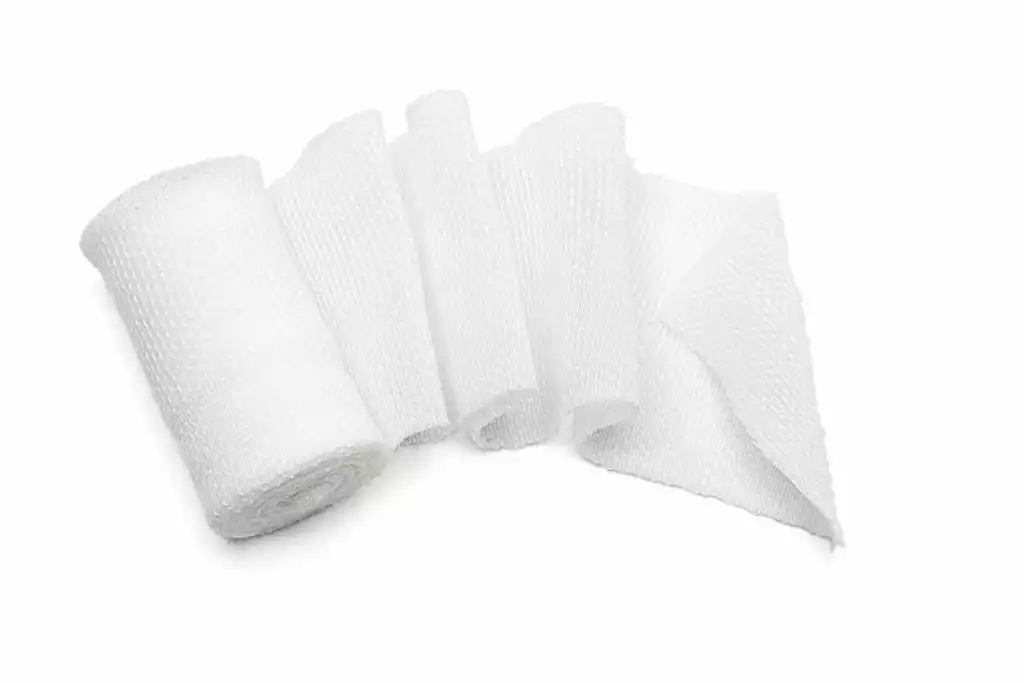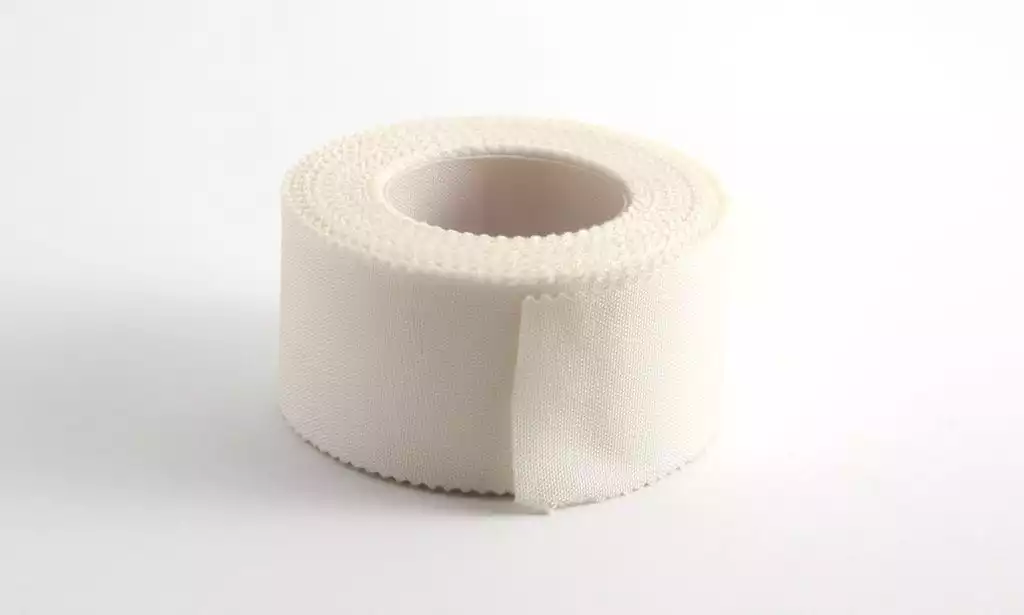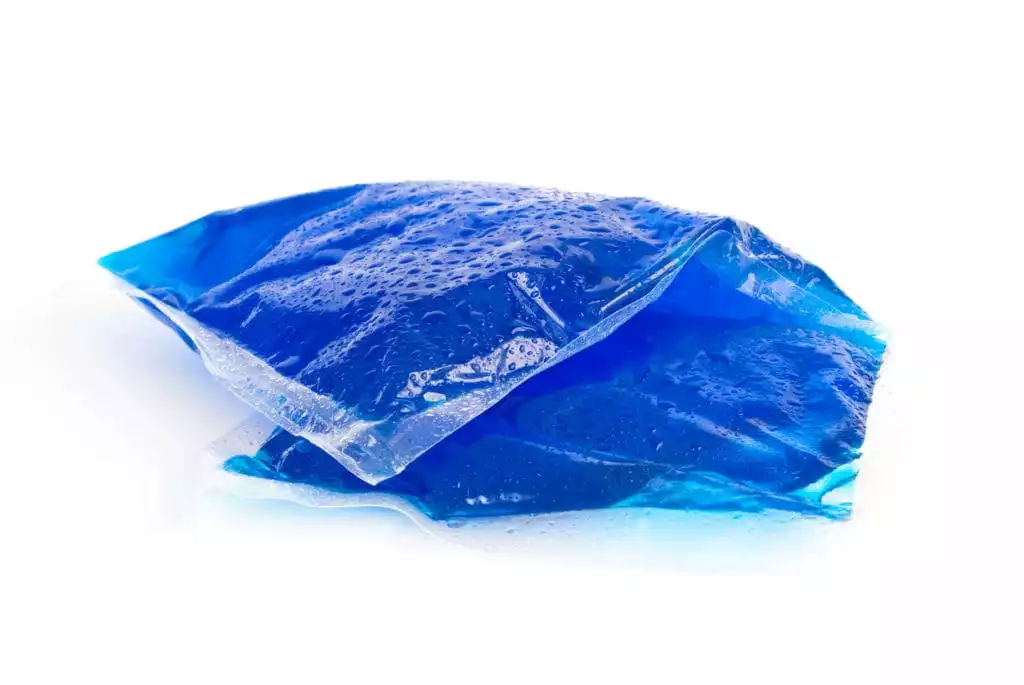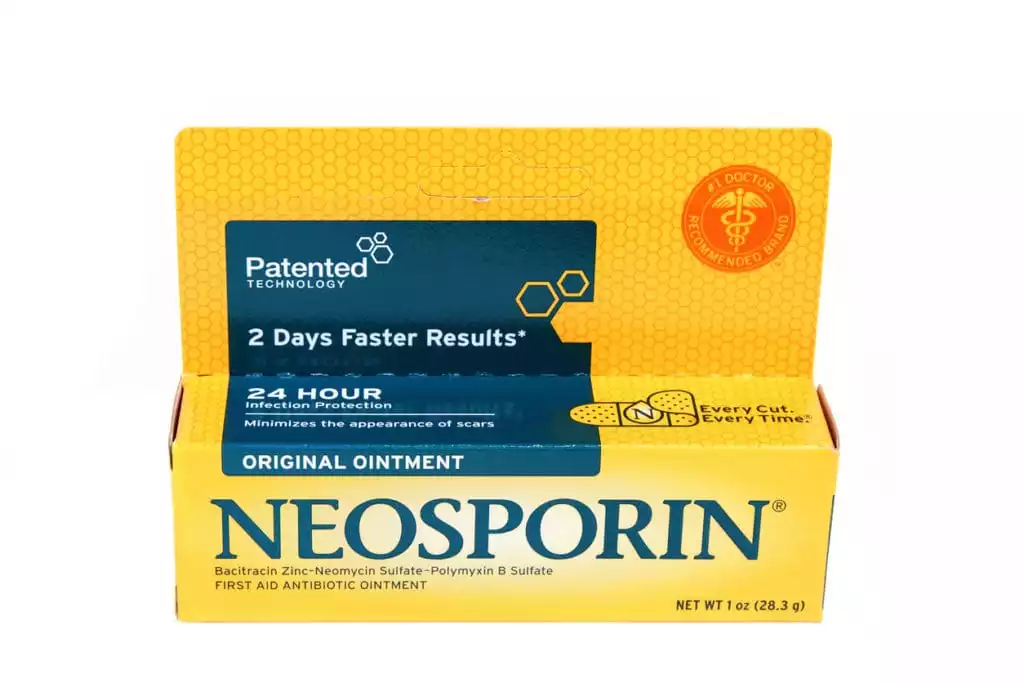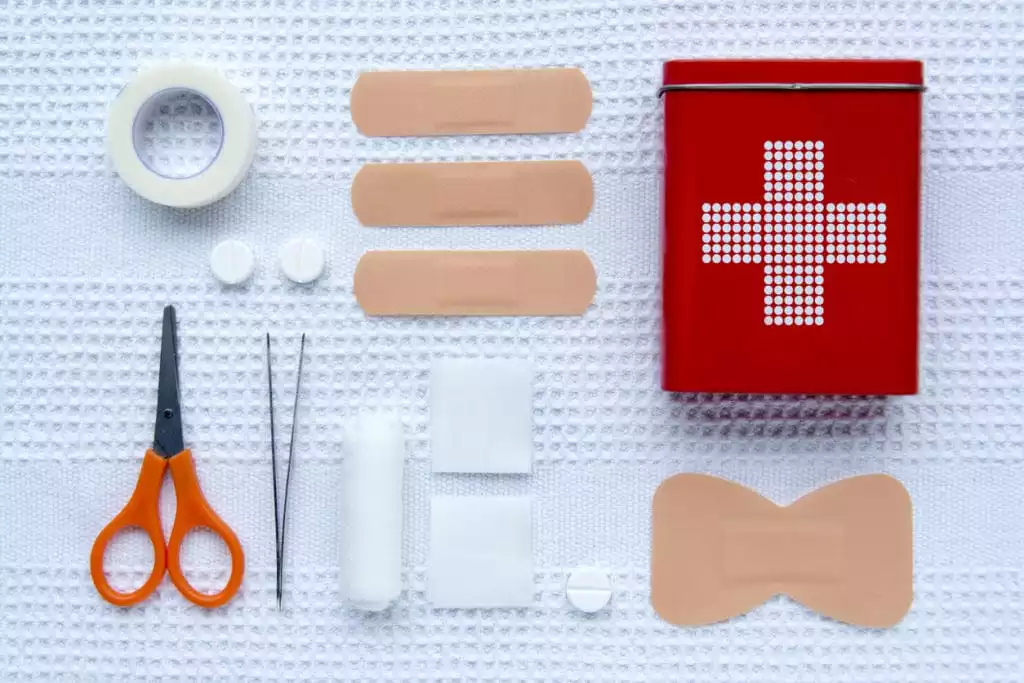
What’s in your medicine cabinet? Do you have everything you might need if a minor illness or injury arises? If not, you might do yourself and your loved ones a disservice. Having the right home medical supplies on hand allows you to respond to life’s occasional accidents and incidents quickly and effectively. It also can reduce healing times and prevent unfortunate complications when everyday injuries occur. Below we’ve compiled a list of some essential home medical supplies that every family should have. If you are missing an item from this list, it might be time to visit your local pharmacy.
1. Neti Pot
When springtime colds and sinus issues hit, having a neti pot in the house is ideal. This tiny little teapot-style device channels warm saline up through one nostril and out the other, moisturizing your nasal channels and draining out any mucous to alleviate congestion. There is at least some evidence that neti pots may also reduce allergy symptoms, alleviating itching, runny nose, and congestion if used when congestive symptoms first appear.
Though neti pots are immensely useful, it is vital to follow all use guidelines to the letter. Rinsing the pot and keeping it clean is imperative. An improperly cleaned neti pot that retains moisture may develop mold, and could even make you sick. Use a mixture of hot water and antibacterial soap to cleanse it after each use, then rinse it thoroughly and allow it to air-dry completely before tucking it back into the cupboard.
2. Gauze Bandages
Clean surgical gauze should be included in your home medical supplies because it has a never ending list of practical uses in the home. Use it to tie on a large bandage, to hold a cotton pad with antibiotic ointment onto a cut, or to soak up blood from a wound that continues to bleed. Trim it down and stack it up to create a quick bandage for hard-to-reach places like the fingers, neck, or behind the ear. Thick gauze can also act in place of elastic wraps in the event of sprains, strains, and other mild injuries if a better material isn’t available.
3. Adhesive Tape
Adhesive surgical tape is the best friend of surgical gauze. While sticky on one side, it won’t stick to skin and wounds, increasing patient comfort while maintaining wound security at the same time. Choose from two main styles–a large, stiff tape with a mesh surface that’s ideal for creating structure over wounds, or a finer, softer tape that’s ideal for securing gauze into place. Use microporous adhesive surgical tape for wounds that require constant drainage and breathable access to air.
4. Hot/Cold Packs
Both magic bags and ice packs serve their own individual purposes within the home medical care world. Add them to your home medical supplies to support healing and reduce discomfort when minor injuries, aches, pains, and strains occur.
Use bean-bag style hot compresses like the Magic Bag for sore muscles, sprains, strains, and minor injuries. Apply the hot compress to the area affected a few times per day for 15-20 minutes a time. Temperature-wise, your hot pack should be very warm, but not hot enough to burn you. Wrap it in a towel for extra safety in use.
Use gel cold packs to reduce swelling and pain at injury sites or to ward off a migraine by laying them on areas like your lower back, the back of the neck, or the injury site itself. Keep them in the freezer so you’re always ready for when those aches and pains strike. Wrap your gel pack in a thin towel and lay it over the affected area for 10-15 minutes a time, taking care to avoid frostbite or direct cold contact with the skin.
5. Antibiotic Ointment
Routine cuts, scrapes, and abrasions usually heal with little to no effort, as do slightly infected hangnails and small carbuncles. Slathering on a thin layer of antibiotic ointment can reduce the risks that these minor injuries will develop into more serious infections.
For basic care needs, choose ointments that contain a polymyxin b, bacitracin zinc, and/or gramicidin. If pain is an issue in the case of minor burns, cuts, or scrapes, an ointment that contains a small amount of a numbing agent like lidocaine will provide temporary relief.
Never use these ointments on animals or children who lick or otherwise ingest the ointment as oral ingestion can lead to vomiting and diarrhea.
6. Topical Antiseptics
Second only to ointment is a good topical antiseptic. Whether in spray, liquid, or soap form, antiseptics rinse away debris from minor injuries, taking germs along for the ride. They’re used in surgical rooms, hospitals, healthcare clinics, and yes, even in homes all across America, too.
Not sure which topical antiseptic to use? As a general rule, avoid harsh antiseptics like alcohol or hydrogen peroxide. These two liquids are remarkably effective, but they can cause an intense burning sensation that may be unpleasant, and they may damage sensitive healing tissue. Instead, stick, with something time-tested and gentle like saline or Betadine spray.
To use your antiseptic, first wash or rinse the area gently with a first-aid appropriate soap and warm water. Then, spray or apply a thin layer across the wound. If the wound continues to bleed or weep for more than 10 minutes, it should be considered more serious–seek a physician’s advice before applying any antiseptics.
7. Saline
Sterile saline is little more than just salt added to water, but it’s one of the most important home medical supplies you can keep in you cabinet. Saline is an effective wound wash, nasal moisturizer, eye flush, and surgical site cleanser, too. While you can make your own version at home, having a can of sterile saline is preferred because you can use it in seconds, rather than the 15 to 30 minutes it takes to prepare your own mixture every time you need to use it.
For cuts and scrapes, gently pour saline across the wound, allowing it to flush back out. For dry nasal passages, use a q-tip or small squirt bottle to place one or two drops into either nasal passage. For eye care, use a clean, sterile eyedropper to place one or two drops in each eye.
Note that contact solution is not always pure saline, and may contain other chemicals in addition to salt and water. Avoid using it for anything other than eye and contact care.
The items listed here will provide a good basis for home medical supplies, but they’re far from everything you need. Having other necessities like surgical scissors, anti-diarrheals, nausea medication, pain relievers, gloves, alcohol swabs, large ACE bandages, and other standard supplies on hand will extend your capabilities to care for your loved ones at home. If you have questions about what to include in your kit, speak with a pharmacist today.

 info@burtsrx.com
info@burtsrx.com
